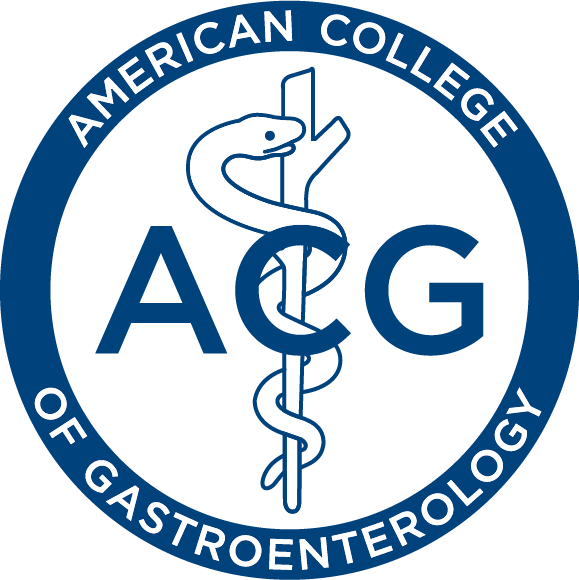Newswise — New research from the University of Wisconsin comparing optical colonoscopy to CT colonography published in the New England Journal of Medicine raises several important issues for the public about colorectal cancer screening using a CT scan of the abdomen. "Gastrointestinal physicians are committed to preventing colorectal cancer, and to advancing new frontiers in medicine. While all of us on the front lines of battling colorectal cancer will welcome effective and clinically proven new tools, the evidence needs to be closely evaluated and patients need to recognize that a virtual test is not without significant potential risks in its own right," commented Dr. David Johnson, M.D., FACG, President of the American College of Gastroenterology.
The Wisconsin study, published in the October 4th issue of NEJM, compared CT colonography (CTC) performed for screening in 3120 adults with primary optical colonoscopy (OC) in 3163 similar consecutive adults. A major limitation of the study was it was not randomized, patients chose their preferred screening method. Referral for polypectomy during optical colonoscopy was offered for all polyps detected by CT colonography of at least 6 mm in size. Patients with one or two polyps in the range 6 to 9 mm were offered the option of follow-up surveillance by CT colonography. The researchers do not report whether CTC identified smaller polyps, which would routinely be removed according to established practice guidelines because it is impossible to reliably identify which small adenomas will become cancerous.
CTC and OC found similar rates of advanced neoplasms and cancers. About 8 percent of CTC screenings resulted in referrals for OC for removal of suspicious polyps. The total numbers of polypectomies in the CTC and OC groups were 561 and 2434, respectively, so far more potentially cancerous polyps were removed by colonoscopy. Seven perforations occurred in the OC group during screening, and none occurred in the CTC group.
According to Dr. Johnson, "The nonrandomized design of this study is problematic. The higher rate of cancer in the OC group suggests that the study populations were different, and a higher percentage of patients in the OC group might have received previous negative screening test results — such testing would select for a lower rate of cancers and advanced adenomas in the colonoscopy group and potentially bias to higher detection in the CTC cohort. Also, the rate of perforation in the colonoscopy arm was twice what is expected in a screening population. Thus, we need additional information to interpret this nonrandomized comparison before we can generalize the results to clinical practice."
Evaluating the Potential of CT Colonography " What Patients Should Know
When evaluating new potential screening technologies, including CT colonography, the ACG has focused its evaluation on several pieces of evidence including: sensitivity for identification of polyps of various sizes, standards for polyp removal, correlating patient risks (in this case from radiation exposure), frequency of exams and the economic impact to the healthcare system of separate diagnostic and therapeutic exams.
An important reality of CT colonography is the likelihood that patients will need a follow-up with optical colonoscopy. Of the patients undergoing CT colonography in the University of Wisconsin study published in NEJM, 7.9 percent were referred for optical colonoscopy for removal of potentially pre-cancerous polyps at least 6mm in size. Earlier findings by Dr. Pickhardt and his colleagues in 2004, at least 30 percent of patients undergoing virtual colonoscopy required conventional colonoscopy to remove polyps 6mm or larger.
ACG notes that the CTC technology requires the same bowel preparation as optical colonoscopy. There is also evidence that due to the insertion of a tube in the rectum and insufflation of the abdomen with air or gas, the patients, who are not sedated and awake tend to feel discomfort. In addition, the fact that some percentage of patients will be required to follow up a CT colonography with a therapeutic or, in cases where there the CT results are not clear, a second diagnostic colonoscopy, has patient acceptance and economic implications.
"Patient acceptance is another key factor in evaluating the promise of a new technology. The fact that patients undergoing optical colonoscopy are sedated and do not experience pain in association with the procedure and they will be able to have an examination and any necessary therapeutic intervention in a single visit will be important in evaluating which test is best for a particular patient," added Dr. Johnson.
It is important for patients to understand that no guideline group, including the American Cancer Society or the Multi-Society Task Force on Colorectal Cancer has yet endorsed CT colonography as appropriate for colorectal cancer screening.
According to the American College of Gastroenterology, colonoscopy remains best test and the current gold standard for colorectal cancer screening and prevention. Three studies have shown that colonoscopy prevents about 80 percent of colorectal cancers from developing by removing pre-cancerous polyps. "The public should recognize that there is no evidence that any radiographic test, including CT colonography prevents the development of colorectal cancer," said Dr. David Johnson.
"There is a tremendous body of evidence that shows that clearing the colon of polyps, including small polyps, significantly reduces colorectal cancer mortality. Because of its excellent sensitivity in detecting polyps and its potential for removing them and breaking the sequence of polyp to cancer in a single diagnostic and therapeutic intervention, colonoscopy is one of the most powerful preventive tools in clinical medicine. Until a radiographic test can meet that standard, gastroenterologists will continue to champion the lifesaving potential of colonoscopy, " Johnson added.
MEDIA CONTACT
Register for reporter access to contact detailsCITATIONS
New England Journal of Medicine
